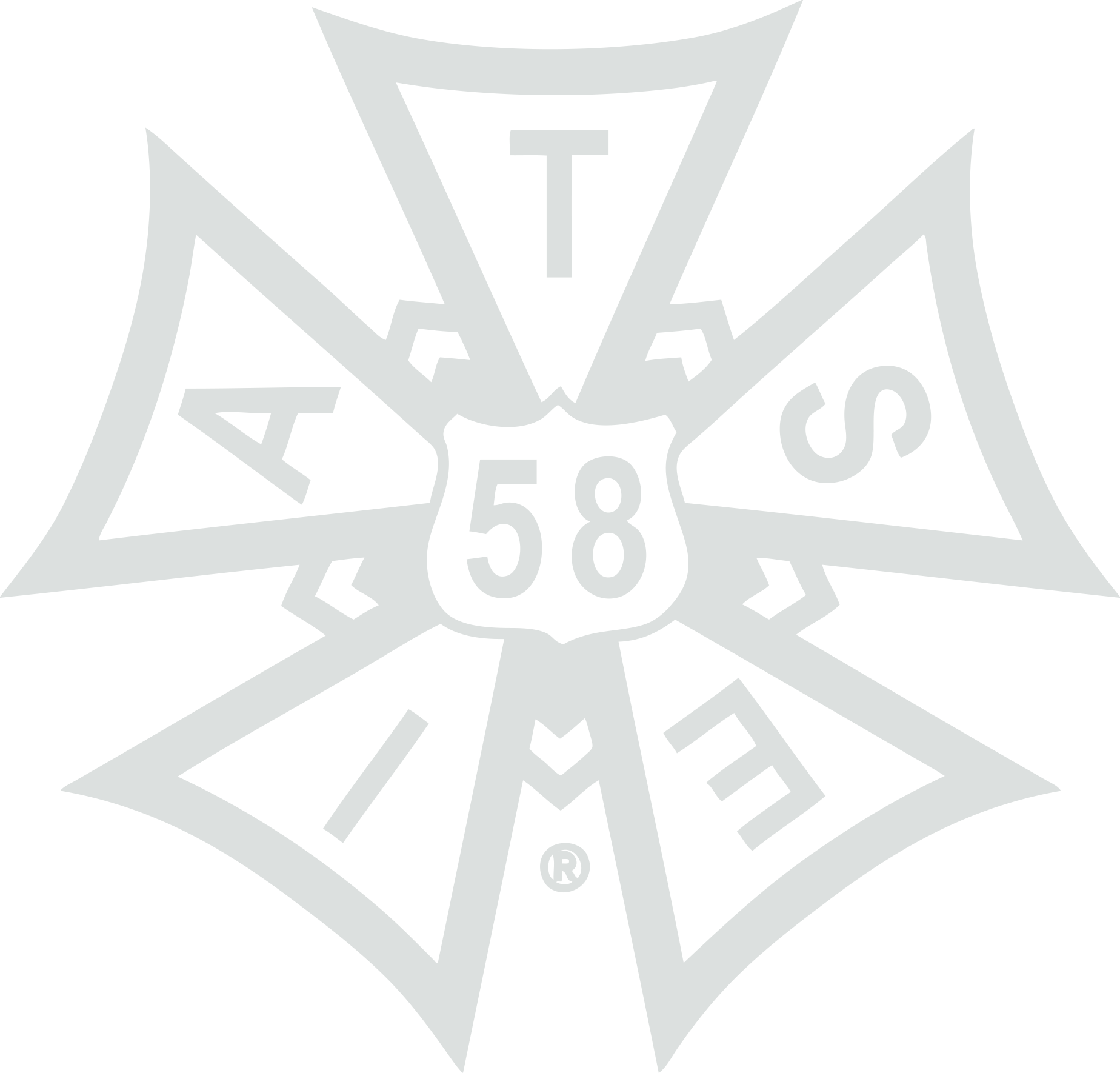Trained seals, ventriloquists, dancers, acrobats, comics, short playlets, musical acts, novelty artists; anything that was entertaining to watch was considered vaudeville. Acts were signed to contracts by large theatre chains that controlled every aspect of this highly profitable business. Locally, The Shea brothers built three theatres in Toronto – Shea’s Hippodrome, The Strand and Shea’s Victoria as well as theatres in Buffalo and Detroit, some of which still bear their name today.
In Toronto, The Loew’s Yonge Street and Winter Garden theatres were designed by noted Broadway architect Thomas Lamb. For the first time in Canada, two theatres were constructed, one above the other, each with a totally different decor. More importantly, these theatres were designed to ensure that a large audience could see and hear what was happening on stage and do so with minimal risk.
Backstage, the world of the stagehand was changing too. Vaudeville required an inventory of set pieces and drops that could service the needs of a wide variety of acts. Usually these items were fabricated in a single scene shop and sent to the various theatres in the chain. In addition to setting up and changing over the set, part of the work of the stagehand would involve the maintenance and repair of these ‘stock’ items. The art of scenic painting evolved too, in order to take advantage of the transition from dim gas lighting to much brighter electrical illumination. (Excellent examples of this new style can be seen in the drops hung in the mezzanine of the Elgin and Wintergarden Theatre.)
Electrical fixtures were installed in footlights, overhead borders and booms mounted in the wings. Light bulbs were painstakingly dipped in coloured lacquer and used to create three basic colour washes. The first carbon arc lamps came on the scene and a ‘hand’ could operate two at a time provided they were close together. These instruments were powered by direct current and plugged into floor pockets situated in the wings, on the fly floor or in calcium balconies just outside of the proscenium arch.
Knife switch resistance dimmers allowed the stage electrician to quickly respond to the fast-paced demands of vaudeville. The development of fly galleries with sufficiently high grids allowed the efficient storage and movement of large pieces of stage scenery and large drops or cycloramas. For the next forty years the ‘hemp house’ and the system of counter-weighting by using sandbags became the standard in every theatre. An experienced flyman like Jack Bailey had a certain way to arrange the lines in a five line set (short, short centre, centre, long centre and long) so a piece could be trimmed without removing the bags.
A vaudeville show typically consisted of a half dozen live acts interspersed with five moving picture reels. This cycle repeated for 12 hours of the day and night, six days of the week. A ‘big time’ vaudeville show in a major theatre would engage 5 or 6 men at least. Every week would begin with a fresh bill.
Attractions generally travelled by train and the job of unloading and transporting the set and props from Union Station to the venue was done by members of IA Local 488, known as the ‘clearers’. According to Local 58 member Bill Benzummin, “The clearers, who we would now call truck loaders or car loaders, they carried the sets in from the horse-drawn vans and laid it on the stage. And then the stage hands took it from there.” In 1921 under orders from the International office in New York, Local 58 absorbed the membership of the clearers. (This sort of amalgamation was going on in major cities all across North America about this time). Brother Don Koster, traces his union roots back to the clearers and other familiar names from the rolls are Fisher, Marshall, Montgomery and Cassidy.
Other ‘big time’ vaudeville houses in Toronto included The Uptown, The Strand, The Pantages and The Regent. Every week, each shop steward would make a written report to the executive board and remit the permit money collected from the ‘extra’ men. The opportunities for work grew as The Mutual Street Arena saw duty as an occasional opera house and concert hall. The Coliseum at the Canadian National Exhibition and Hart House Theatre at the University of Toronto also opened in the ‘roaring twenties’. To its credit, the Local aggressively solicited new business, hiring a representative to lobby the government for favourable labour legislation.
In fact, work was so plentiful in the twenties that Local 58 finally appointed Charles O’Donnell as business agent to handle the distribution of calls. With this new system in place things ran much more smoothly and eventually the office became an elected one. There were a few problems along the way however. When one BA showed too great a fondness for drink, the executive board summarily removed him from office.
The local had its own internal problems, trying to restrain fractious members from the odd brawl and occasionally meting out disciplinary measures to those who were called on the carpet. Perhaps due to the tightly knit nature of the stage brotherhood, access to membership was tightly controlled. The members were not free from the widely held prejudices of the day. Two men, Harry Roth and Harry Chernofsky applied to the Local, each paying their $50.00 fee. They were refused applications on racial grounds. The minutes of the Local refer to them as “the two Hebrew gentlemen”. The struggle for their fair treatment went on for many months, obviously because some of the membership felt strongly that an injustice was being done. In the end, they failed and Roth and Chernofsky were rejected by referendum (not a ballot) and their deposits were refunded.
